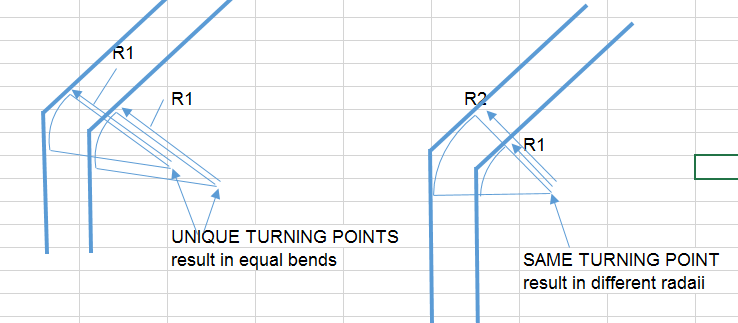-
1
- #1
Tuga29
Mechanical
- Jan 26, 2016
- 54
Hi, we were asked to replace some cold bend items for induction bend in the construction of a pipeline built in accordance with ASME B31.4.
What can you say to me about this issue? They say that will be easy for them to use induction bend instead of the cold bends.
What can you say to me about this issue? They say that will be easy for them to use induction bend instead of the cold bends.

